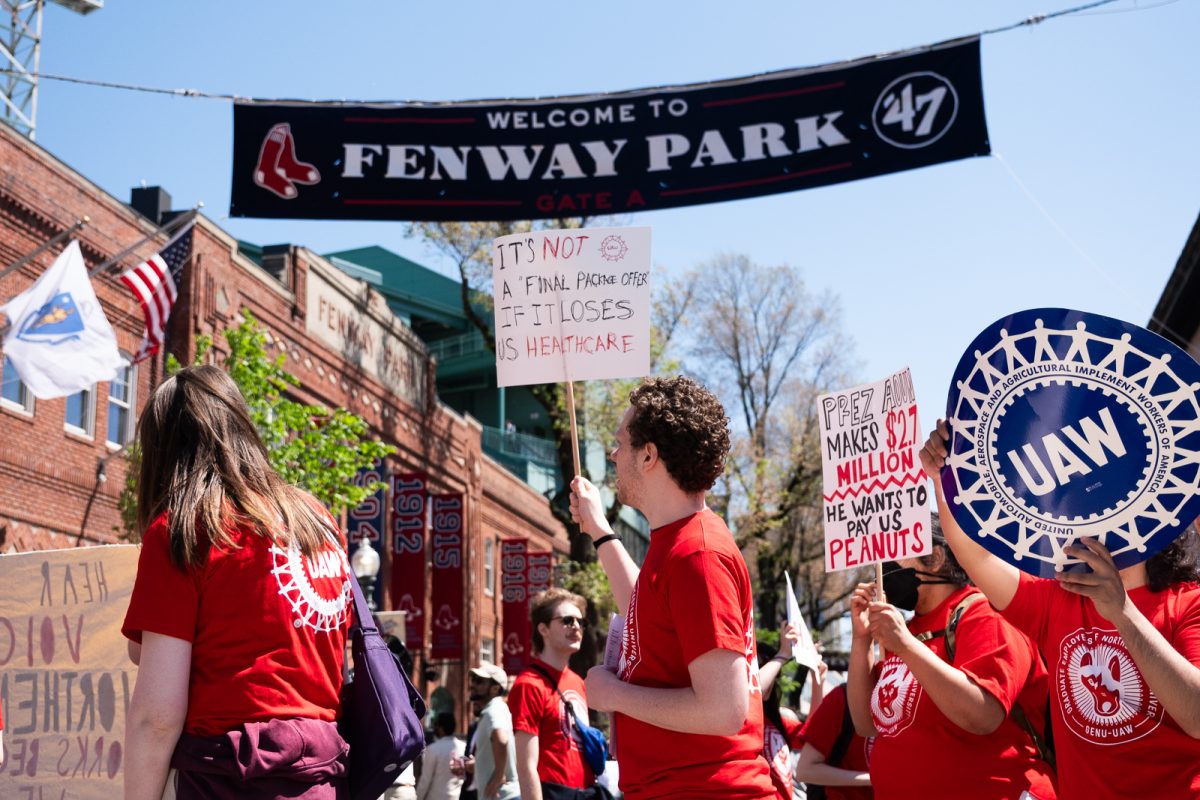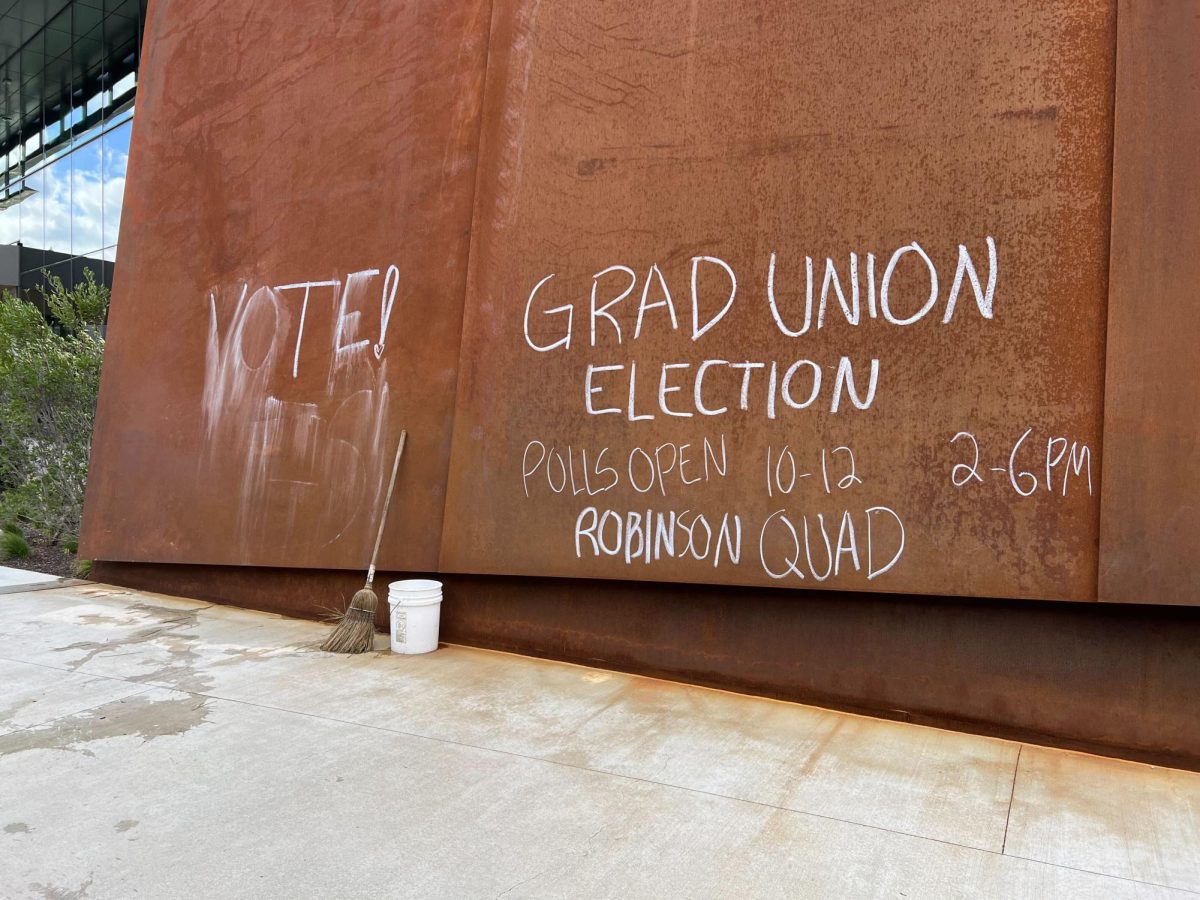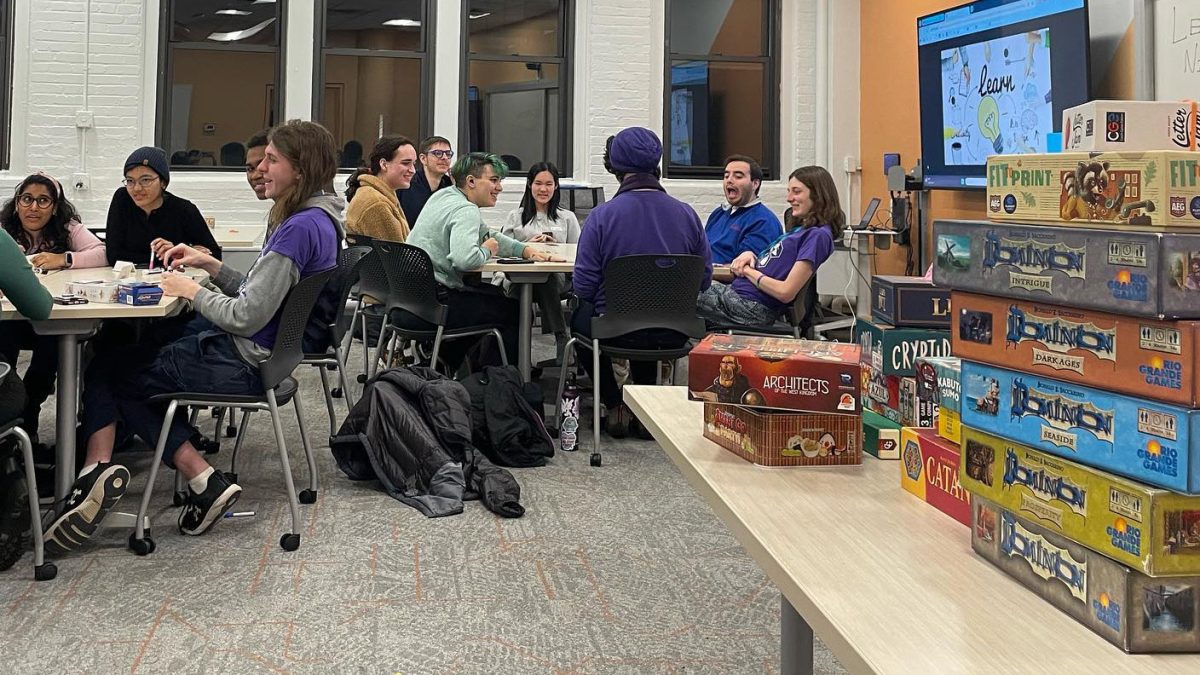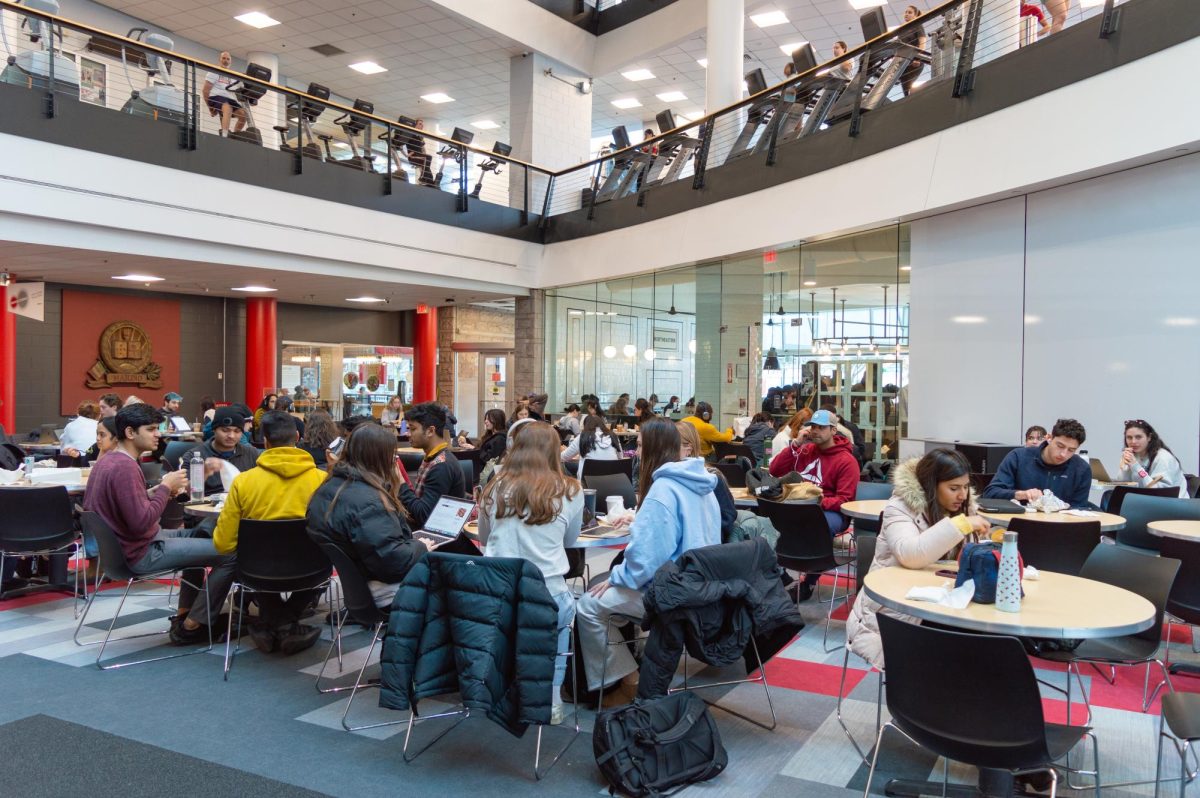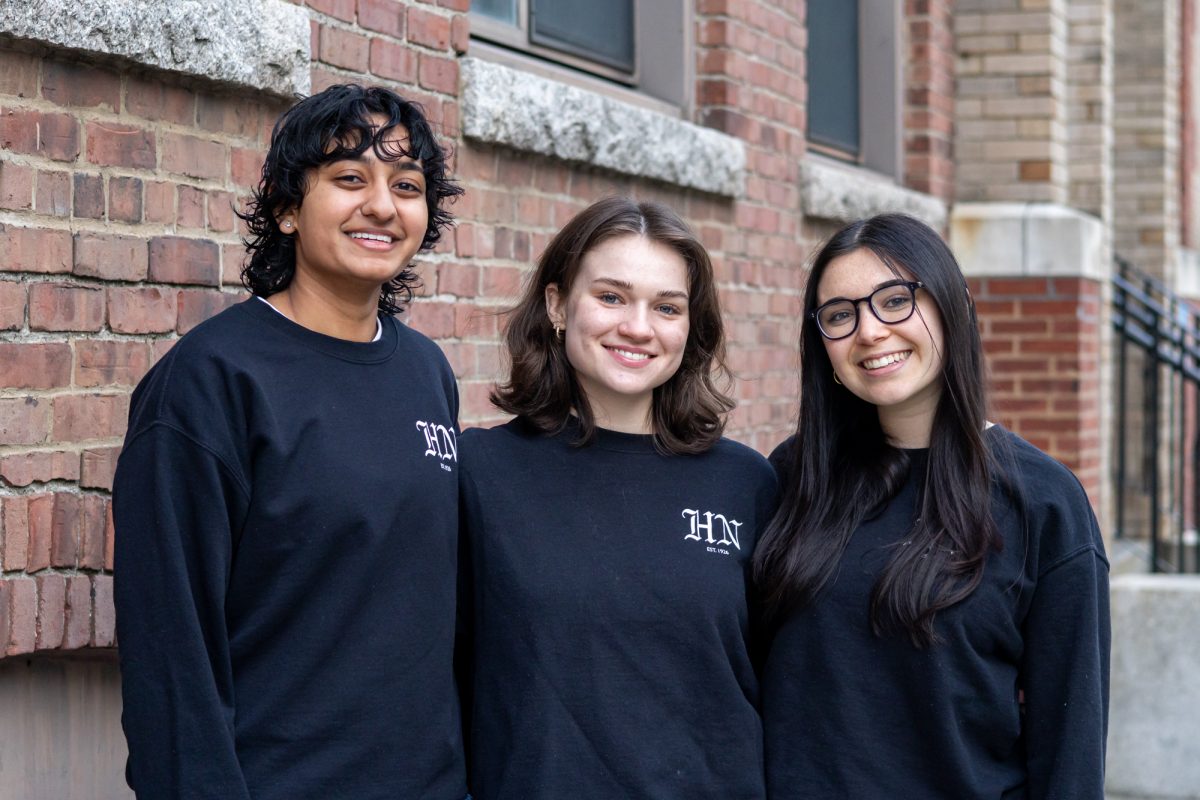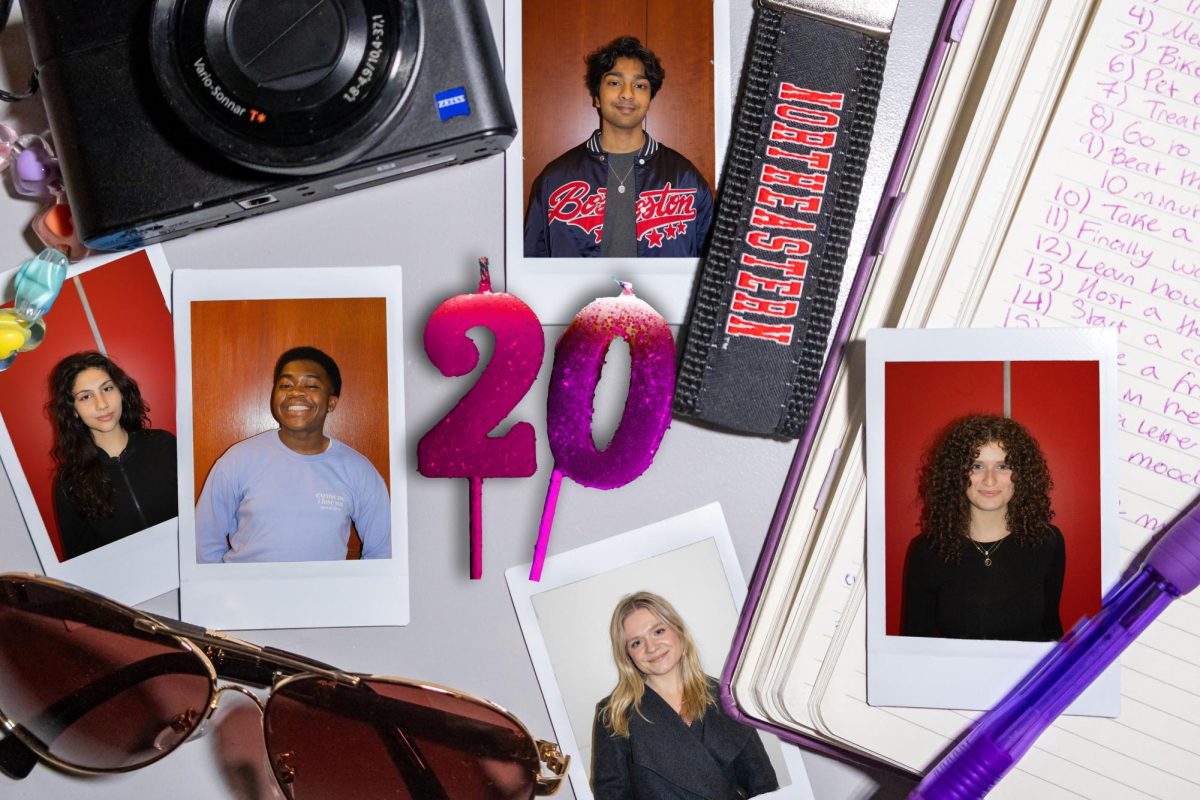By Anne Steele, News Staff
The cycling accident that killed 28-year-old Kelsey Rennebohm earlier this month has prompted city officials to intervene on a notoriously hazardous and oft-maligned stretch of Huntington Avenue.
In the last week, the city has rolled out improvements at the intersection of Huntington Avenue and Forsyth Street, which Mayor Thomas M. Menino vowed to take a serious look at following the accident.
“We know Huntington is a difficult corridor and the mayor’s been really committed to figuring out what solutions we can do to make it safer for everybody,” Kristopher Carter, Interim Director of Boston Bikes and Advisor to the mayor, said during a phone interview.
Rennebohm was the third cyclist killed in five years along the stretch of road between Massachusetts Avenue and the Museum of Fine Arts.
Among improvements to the area are shared lane markings, or “sharrows,” on Huntington Avenue and new bike lanes on Forsyth Street. Also on Forsyth Street are bike boxes, which are designated areas at signalized intersections that allow a bicyclist to pull ahead of traffic stopped at a red light, reducing vehicle-bike conflicts and increasing cyclist visibility, Carter said.
A new two-stage turn queue box provides cyclists a comfortable way to make left turns from eastbound Huntington Avenue onto Forsyth Street. Carter said educational signs have been installed to inform cyclists how to use the new markings.
“In terms of what’s out there right now, we’re limited by what the geography of the street is,” Carter said. “We really targeted that area of the intersection obviously because there was a horrible accident there, but we also know there’s a lot of pedestrian traffic – it’s a huge crossing point for students on the campus and we wanted to make sure we’re doing all we can to make things as safe as possible.”
Other street treatments include freshly painted crosswalk lines and stop bars, modifications to traffic signals to improve crossing conditions for pedestrians and “No Turn on Red” restrictions on Forsyth Street.
“In addition to these immediate changes, the Boston Transportation Department is conducting a review of the entire Huntington Avenue corridor to identify other potential improvements to be implemented later this summer and fall,” Carter said in a separate email to The News.
Huntington Avenue moves a high volume of traffic as well as one of the city’s busiest bus lines, Carter said. Even though it runs parallel to the E branch of the Green Line, the 39 Bus carries more than 10,000 people each day.
Eric Panicucci, junior criminal justice major and a captain of the Northeastern cycling team, said it’s hard to avoid riding through the area, especially when most students live around Huntington Avenue.
“Generally the city is congested. You want to do your best to have control over the environment you train in, and you lose control in traffic — and Huntington in particular is more dangerous because there is no dedicated bike lane,” he said.
Peter Furth, a Northeastern professor of civil and environmental engineering who has extensively studied infrastructure with regard to bike safety, said Huntington Avenue is a difficult stretch for riders.
“Most people want to ride on a low stress-level road,” Furth said. “The more you don’t have space and are involved with traffic, the more stress for a biker. Huntington Avenue rates as the highest stress level.”
As for the new sharrows, Panicucci and Furth are not yet convinced.
“I’m not sure how effective they are – I don’t know if they actually make the road safer,” Panicucci said, adding that the initiative does show that “Boston is starting to pay attention to the fact that we have more than cars on the road.”
Furth said he didn’t think the markings were practical. “Sharrows reinforce the unworkable idea that bikers should ride in middle of the lane and cars should ride slowly until they can pass,” he said. “In practice it doesn’t work. It will not work on a street like Huntington where cars are going 35 miles per hour.”
A short-term solution, Furth said, is to install bike lanes on Huntington Avenue. For a more permanent fix, he proposed cycle tracks, which he described as “a path for bikes, different from sidewalks and physically separated from the road.”
Panicucci suggests choosing roads with less traffic, pointing out, “Wherever you’re going along Huntington there are other ways to get through.”
While treatments to the street are an obvious part of improvements, Carter said, an education campaign is also in order for cyclists, pedestrians and motorists.
“There’s certainly education pieces that we’re interested in exploring with all the area schools,” he said, including programs on how to interact with traffic on the street safely, and potentially how to integrate students with the Hubway system.
Furth agreed there is a role for schools in bike safety education.
“The streets are owned by city of Boston and Northeastern doesn’t have final authority, but Northeastern could make it clear with the city that it wants to give high priority to cycle and pedestrian safety,” Furth said.
He said Northeastern needs to focus more on urging the city to improve biker safety.
“I know students and people in the community have been in discussion with Northeastern about it, but Northeastern hasn’t done anything. Northeastern isn’t making it a priority,” Furth said. “Because we have an urban campus and because we’ve made a commitment to sustainability, Northeastern ought to push the city to do whatever it can to create safe bike routes.”
Carter said some schools have been more aggressive about organizing students groups to take on that role. He said he’s worked with Boston University on education campaigns for students and with permission, students have painted “Look left for cyclists” signs for pedestrians stepping onto crosswalks.
University spokeswoman Renata Nyul said in a statement to The News that, “The university will work with the City as appropriate and necessary on developing solutions.”
Daniel Sullivan, education program assistant at the Northeastern University Center for STEM Education and a 2011 graduate, said he’s been frustrated with the condition of the roadway for a long time, but was especially affected after Rennebohm’s death.
“For a while I’ve been thinking of doing something myself, but it’s something that has to be a community decision,” Sullivan, who wrote a letter to The News following the incident, said. “After Kelsey’s death, it just brings home the fact that something needs to be done.”
Sullivan said he thinks Northeastern should consult other schools in the area to address cycling safety concerns.
“The city is right to take action, but people need to know about it,” Sullivan said. “These sharrows pop up overnight and you’re expecting people to drive differently, but the result is that it’s exactly the same. There are easy ways to get the community involved. It is good to encourage biking, but you have to be a little safer about it.”
Carter said that while efforts are a work in progress, Menino is dedicated to the safety of cyclists.
“In the past four years, we’ve put down over 56 miles of bike lanes in the city. Before that we had 385 yards,” Carter said. “Things are getting better everyday. I always like to say we’re not where we should be, we’re not where we want to be, but we’re a whole lot better than where we used to be.”


